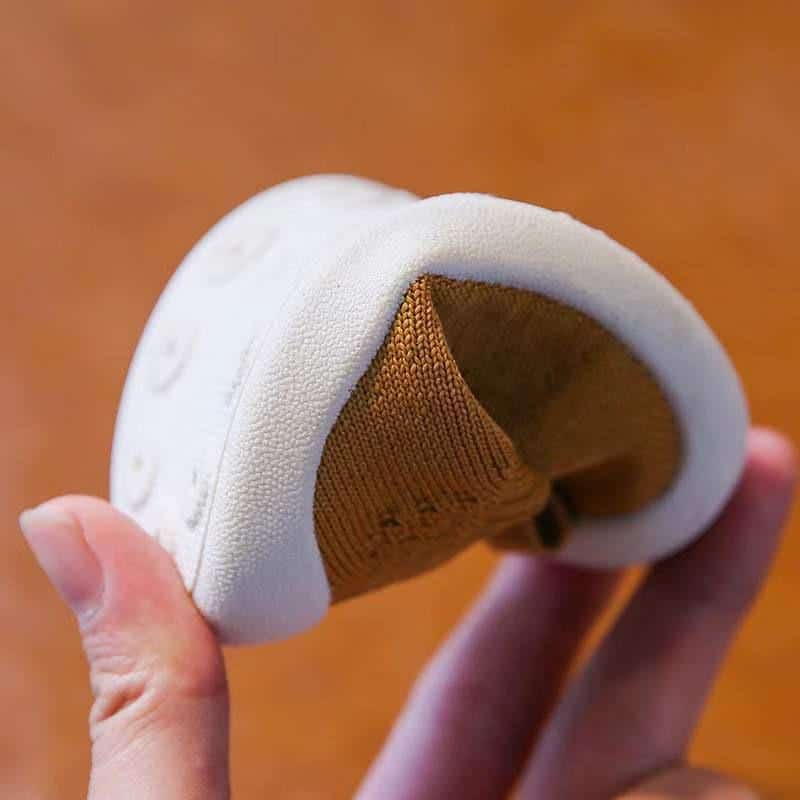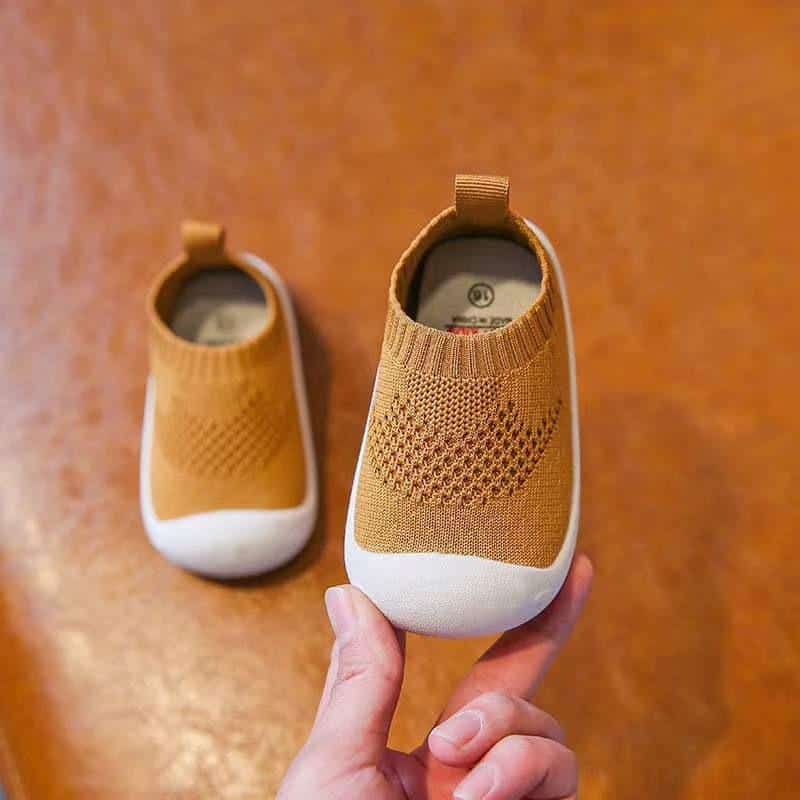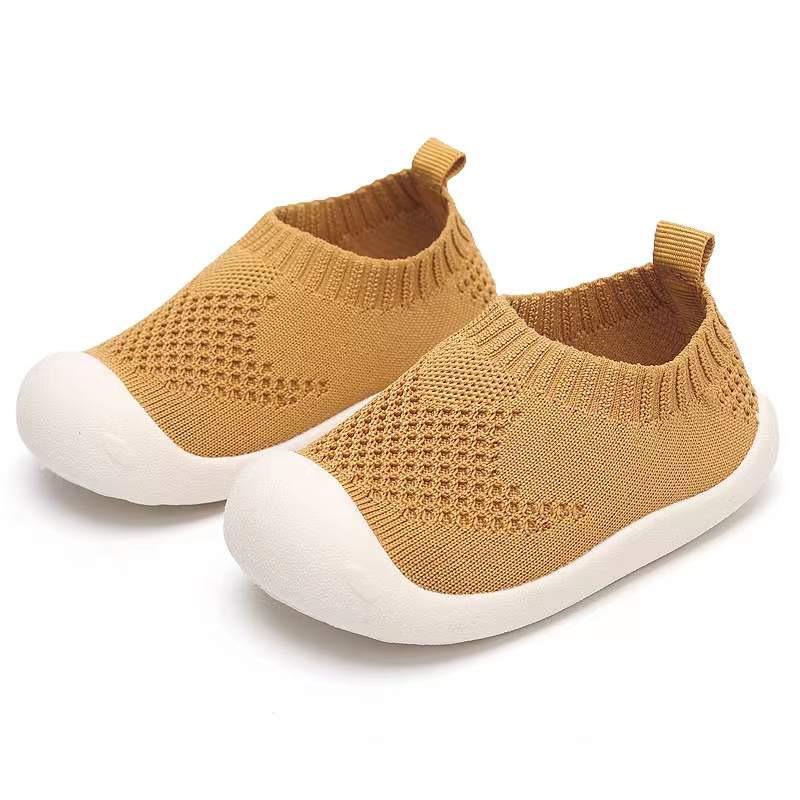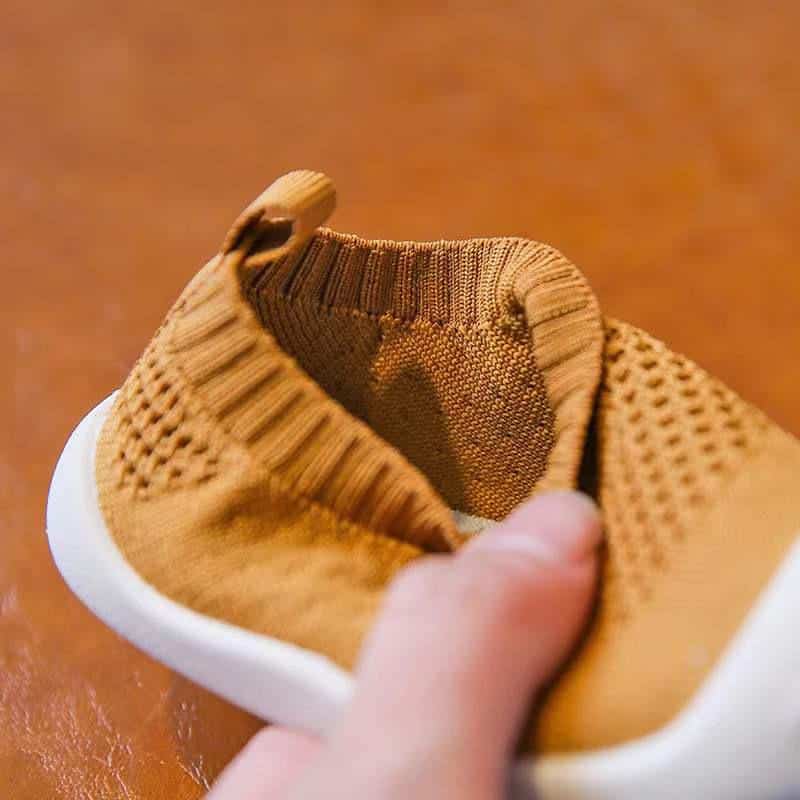Parenting
The Ultimate Guide to Choosing the Best Shoes for First Walkers
When your little one takes their first steps, it’s an exciting milestone worth celebrating. As they embark on this new adventure, providing them with the right pair of shoes becomes crucial. In this comprehensive guide, we’ll explore the key factors to consider when choosing shoes for first walkers. From proper fit and flexibility to support and durability, let’s dive into the world of adorable and practical footwear that will aid your child’s early steps.
Importance of Proper Footwear for First Walkers:
Choosing the right shoes for first walkers goes beyond aesthetics. It plays a crucial role in promoting healthy foot development, stability, and comfort. Proper footwear aids in the formation of arches, muscle strength, and balance. With the right shoes, you can ensure your little one’s feet are protected while providing them with the freedom to explore their surroundings.
Flexibility and Soft Soles:

When it comes to shoes for first walkers, flexibility is key. Look for shoes with soft and pliable soles that allow for natural movement and flexibility of the foot. This enables your child to feel the ground beneath them and develop a better sense of balance. Avoid rigid or stiff shoes that restrict their foot movement and hinder their natural walking gait.
Lightweight and Breathable Materials:

Comfort is paramount for little feet on the move. Opt for shoes made from lightweight and breathable materials, such as soft leather or mesh fabrics. These materials provide ample ventilation, reducing the likelihood of discomfort, sweating, or skin irritations. Additionally, lightweight shoes prevent excessive strain on your child’s growing feet and legs.
Secure Closures:
Choose shoes with secure closures, such as adjustable straps, elastic laces, or hook-and-loop fasteners. These features ensure a snug fit and make it easier to put on and take off the shoes. Adjustable closures also accommodate the growth of your child’s feet over time, extending the lifespan of the shoes.
Ample Toe Room:
To support proper foot development, ensure that there is ample room for the toes to wiggle and move freely within the shoes. Avoid narrow or constricting toe boxes, as they can lead to discomfort, blisters, and even deformities. A spacious toe area allows for natural splaying of the toes, aiding balance and stability.
Cushioned and Supportive Insoles:

Look for shoes with cushioned insoles that provide adequate support and shock absorption. This helps reduce the impact on your child’s feet during each step. Arch support is also important, as it promotes healthy arch development and prevents excessive pronation or supination.
Non-slip and Flexible Outsoles:

The outsole of the shoe should provide good traction and grip to prevent slips and falls. Look for shoes with textured and non-slip soles made from rubber or thermoplastic materials. These materials not only offer durability but also allow for natural foot movement and flexibility.
Room for Growth:

Remember that little feet grow quickly. Choose shoes with a little extra room to accommodate growth spurts. However, avoid buying shoes that are excessively large, as they can compromise your child’s balance and stability.
Conclusion:
Selecting the best shoes for first walkers involves considering various factors, from flexibility and support to comfort and room for growth. By following these guidelines, you can ensure that your child’s early walking experiences are enjoyable and safe. Invest in high-quality footwear that promotes healthy foot development and supports your little one’s every step on their exciting journey.

